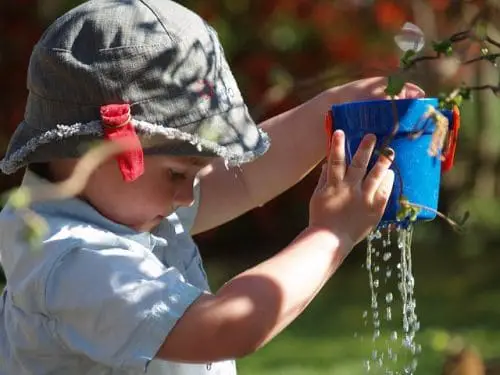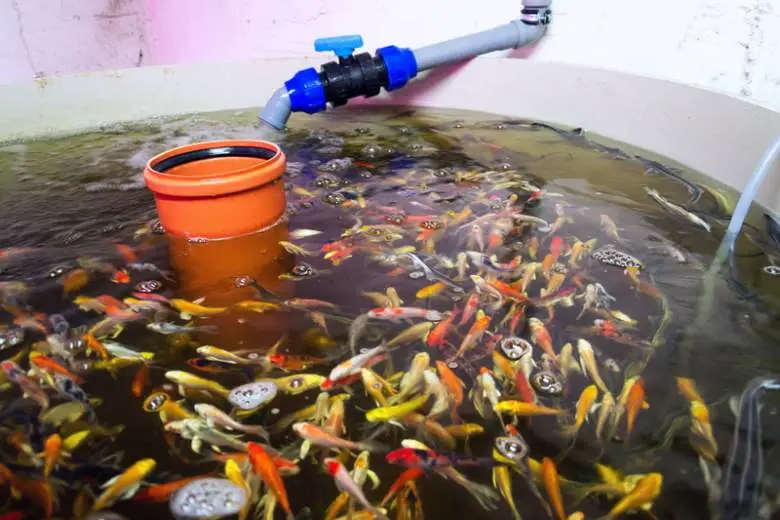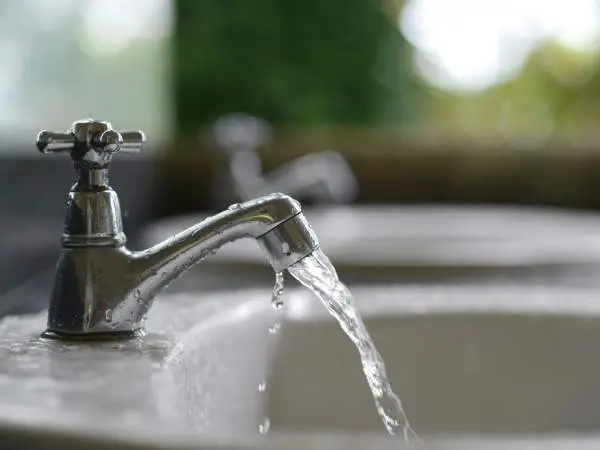Whether your hydroponic gardening system will flourish or not, entirely depends on how well you’re taking care of it. Without soil and natural light, it’s your responsibility to provide your plants with the conditions they need to thrive.
Knowing when and how much water and nutrients to add to your hydroponic solution is essential for your indoor garden. What’s also important is knowing when to take them away.
Your tank requires water changes but changing it too often can do more harm than good. How often you should change the water of your hydroponic system depends on size, pH tests, and more.
Read our article below to discover all factors that affect the frequency of water changes.
How Often to Change Your Hydroponic Water?
The best indicator that it is time to do a full water change for your hydroponics is when you have topped it enough to fill the reservoir fully. Although the exact timelines of when to change the water in hydroponics will slightly vary depending on your system’s capacity, a good rule of thumb is to fully change the water at least every two or three weeks.
The frequency with which you change your hydroponic water is important, but so is how you change it. In fact, the timing of the water changes is more complex than simply dumping and replacing the water bi-weekly.
How Your Setup Affects Frequency of Water Changes
How frequently you need to change your hydroponic water can also be affected by the specifics of your setup. Your water reservoir will inevitably lose some water volume due to evaporation and plant use.
You’ll lose more water due to evaporation if your setup has a lot of light and heat. This is even more so if there’s not sufficient coverage on your reservoir, or if your reservoir is placed relatively close to light and heat sources. Likewise, if you have a high plant density or plants that use more water, you’ll lose water faster. So if you plan on growing something like irises, lettuce, or spinach, you’ll need to add water more frequently.
Smaller water reservoirs need to be topped off with fresh water more frequently than larger reservoirs. We’ve written a complete guide to water tanks with size estimation along with everything we think you need to know.
In most cases, you’ll need to add water to your hydroponics in between water changes. If you have a fair amount of water loss, plan on topping up the water as frequently as daily. If you don’t notice much difference in the water level from day to day, plan on topping up the water every few days. Every two to three weeks you will have to change out more water. Once you’re more familiar with your hydroponics system you’ll be able to develop a steady routine for topping up the water and doing partial water changes on a schedule.
How to Change Your Hydroponic Water
When you change out your hydroponic water, you’ll be doing it in two ways. It’s important to use both ways of replacing water and to do both regularly. We’ll cover more about the reasons for this later but for now, you need to know what the two methods are and how to do them.
The first kind of “water change” is when you top off your water reservoir. When you notice your water getting lower, you need to top it off. The best way to do this is using pH-balanced, clean water. You will end up adding water several times weekly, if not daily. When you top off the water, be sure to measure and log the amount of water you add. You’ll need these logs later to help determine when to do a bigger water change.
The second type of water change is much less frequent and switches out a much larger volume of water. Once your logs show that you’ve added about half of your total reservoir volume by doing top-ups, you need to do a larger water change.
To do this, empty or drain 50% of the total volume and replace it with fresh water (example: if your reservoir holds 100 liters, and over a couple of weeks your logs show you’ve added 50 liters by topping up the water, it’s time for you to take out 50 liters and add the same amount clean, pH balanced water). Most hydroponic systems need this larger water change as frequently as every two weeks, although smaller reservoirs may need it as often as every week to ten days.
Water Changes to Manage pH and Nutrients
Maintaining your pH level and making sure you provide your plants with enough nutrients is part of the reason that regular water changes are so important.
Over time, the pH of your water will change. If your pH isn’t in the acceptable range for your plants, they won’t be able to absorb any of the nutrients you’ve added to the water.
If you aren’t sure how to check the pH of your water you can read our full guide here.
Only changing out the water in its entirety isn’t ideal for your plant’s growth.
Firstly, other compounds such as ammonia or nitrites can accumulate to harmful levels that ultimately kill your plants.
Secondly, without an infusion of freshwater, the water in your reservoir can become a stagnant haven for bacteria and fungi.
That, combined with roots made susceptible by chemical damage, creates an ideal situation for root rot to move in. If you aren’t sure about the best ways to prevent and treat root rot then we’ve written a guide for you here.
The most important reason you need regular water changes to maintain pH, rather than a single and infrequent water change, is to prevent shock to your hydroponic plants. Regularly adding clean water, in between bi-weekly water changes allows you to maintain a steady pH level.
Sudden, drastic changes in water conditions (like what happens when water is completely changed) can cause more harm than benefits to plants.
Managing nutrient saturation
While water changes help when you’re adding nutrients, they also help prevent damage to plants from the over-saturation of minerals. When nutrients are used by plants there are still traces of minerals and compounds left behind.
Plants use up more water volume than they do nutrients, which creates a situation where nutrients are more saturated than when you first added them. Too much of these leftover trace minerals can burn plant roots or kill your plants. So if you’re not sure if your nutrient levels are helping or harming, always test for it.
Testing to determine water changes
There are situations where you’ll need to change the water more or less frequently than you usually would. This switch in the water change routine is typically a response to correct harmful conditions for plants. With regular testing, you can monitor the water quality of your reservoir and correct problems before they become urgent.
Different types of testing
There are two main types of water testing you need to be familiar with to properly maintain your hydroponic water. There are other more in-depth tests you can use for your water (like ppm testing), but for the average hydroponic gardener pH and EC testing are more than sufficient.
pH testing
pH tests help monitor the pH, or potential hydrogen, levels of your water. For most plants, the ideal pH is between the range of 5.5 to 6.5. While this fluctuates slightly between water cycles, it shouldn’t change drastically.
You should test your pH every three days or so unless you notice your plants showing signs of wilting, illness, damage, or discoloration. pH test kits can be purchased in either paper strips or liquid solution forms. Now, digital pH testing pens are being used more frequently due to their convenience and accuracy.
EC testing
EC testing, also known as electrical conductivity testing, will help you monitor and maintain the strength of your hydroponic nutrient solutions. While your ideal EC level will vary depending on your chosen crop, most plants thrive at levels between 1.2 to 2.0. If your EC is below that, you know you need to add more nutrients to your water.
Likewise, if your EC level is too high, you need to add clean water to dilute the solution. In extreme cases, you may have to remove some water and replace it with fresh water, gradually lowering the level over several days. The most common EC testing method uses a digital pen, and some testing pens can test for both EC and pH.
Some growers test daily until they’re more familiar with their water levels. At the very least you should be testing EC levels every three days (when you test your pH), and every time you add the nutrient solution. We’ve got a comprehensive guide to testing the EC in water if you aren’t sure.
Related Questions
How often do I need to clean out my water reservoir?
Much like with water changes, this can vary depending on your setup. Smaller reservoirs require more frequent cleaning. A good rule of thumb to follow is this: once the water you’ve been replacing or topping up with equals your total tank capacity, it’s time to clean it out.
Do I need to add extra aeration to my hydroponics system?
Using an air pump or stone isn’t required for every hydroponics setup. However, if your plants’ roots are fully submerged, it’s a safe bet to oxygenate your water. This not only keeps plants from “drowning” without oxygen, but also helps inhibit the growth of bacteria, algae, and fungi, thus reducing plant disease.





